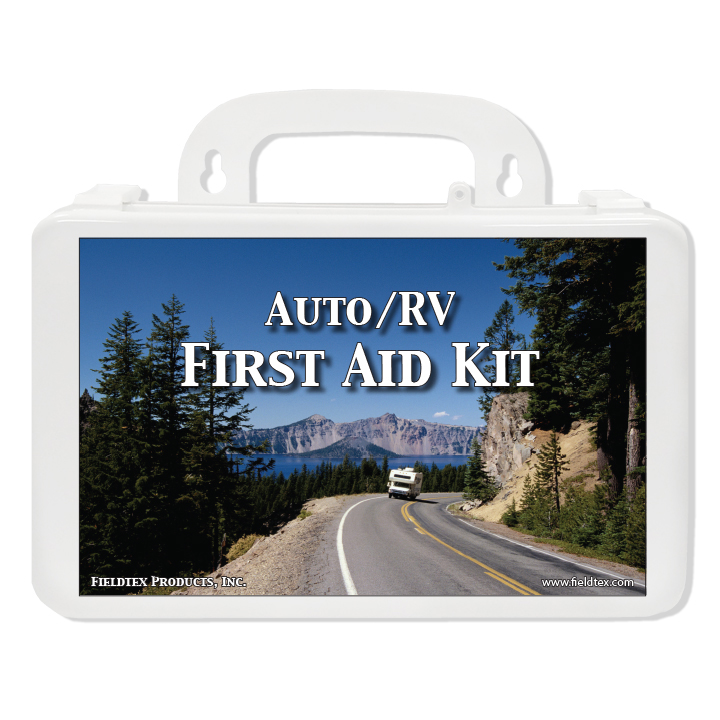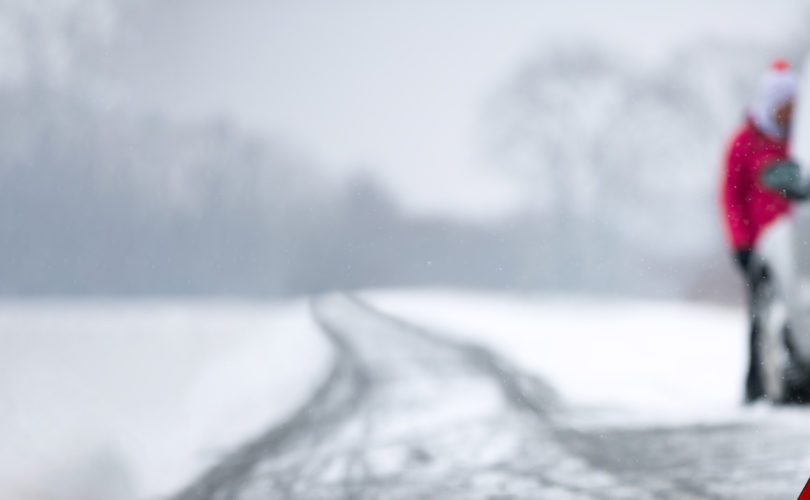The winter months can create very dangerous driving conditions depending on your part of the country. Ice and snow can reduce friction, preventing cars from properly slowing down, and causing accidents. The best way to stay safe in these conditions is to drive cautiously, but unfortunately, you cannot control things outside of your own vehicle, so being prepared is the next best option.
How to Prepare for Winter Driving
Assemble an Emergency Kit.
Stocking an emergency kit to store in your car is a good idea year-round, but especially through winter. Some worthwhile supplies include:
- Heavy blankets, 12V compatible electrical blankets, or emergency blankets. Depending on the situation, keeping yourself or others warm may be necessary
A Car First Aid Kit is a year-round essential, but is especially helpful during the winter. In the event that you’re one of the 116,800 Americans annually injured in vehicle crashes during the winter months, you’ll be thankful to have it (source)

- Emergency Contact Information.
- A Vehicle Distress Flag or any piece of bright-colored fabric to make yourself more visible while pulled to the side of the road. If you need to leave the vehicle, we recommend throwing a safety vest over your winter coat.
- A powerful flashlight will help both your visibility and help you see in the event of an incident in the evening or night.
- High energy snacks (nuts, granola bars, etc.) will keep your blood sugar up if you are stranded and waiting for help. While water may freeze, it’s just as, if not more important than food.
- Jumper cables – you never know when you’ll need a jump or you’ll be able to help someone else out. Jumper cables are cheap and can easily be stored in trunk space, or under a seat.
- Carrying a spare and knowing how to change a flat tire is always useful. A popped tire on winter roads will completely immobilize you.




